Medically Reviewed by Poonam Sachdev on June 24, 2022
Try a washcloth soaked in warm water on your tired, achy eyes. Warm compresses can:
Wash your hands before you start so bacteria doesn’t get in your eyes. Dip your washcloth in water that you've boiled (to sterilize it) and cooled until lukewarm. Then put it on your eyes for 5-10 minutes, or as long as your doctor advises.
Different tasks call for different types of light. While you watch TV, it's easier on your eyes to keep the room softly lit. When you read, put the light where it's behind you and pointed toward the page, out of your eyes. On digital screens, adjust the brightness to match the level of light around you. Also, adjust the screen's contrast, so your eyes don't have to strain to see.
With these prescription eyeglasses, your eyes can focus at computer screen distance. That's about 20-26 inches from your face. Some have special lenses to help you quickly shift focus between close, middle, and far distances. Before you go shopping, understand that computer glasses are not the same as those that block blue light. Blue light-blocking specs may make you more comfortable, but they don't always prevent eyestrain.
Eye experts link this technique to an alternative therapy called The Bates Method, named for eye doctor William Bates. He questioned whether glasses were the only way to fix a person's vision. Research shows his method doesn't correct eyesight, but palming could help to ease eyestrain. Cup your palms over your closed eyes, putting no pressure on your eyeballs. The idea is that this can help to relax your eyes.
Small tweaks can make a big difference to your eyes. Make sure your screen is about arm's length (20-26 inches) away from your face. The center of the screen should be slightly below eye level (4-5 inches). It helps to have a chair you can move up and down.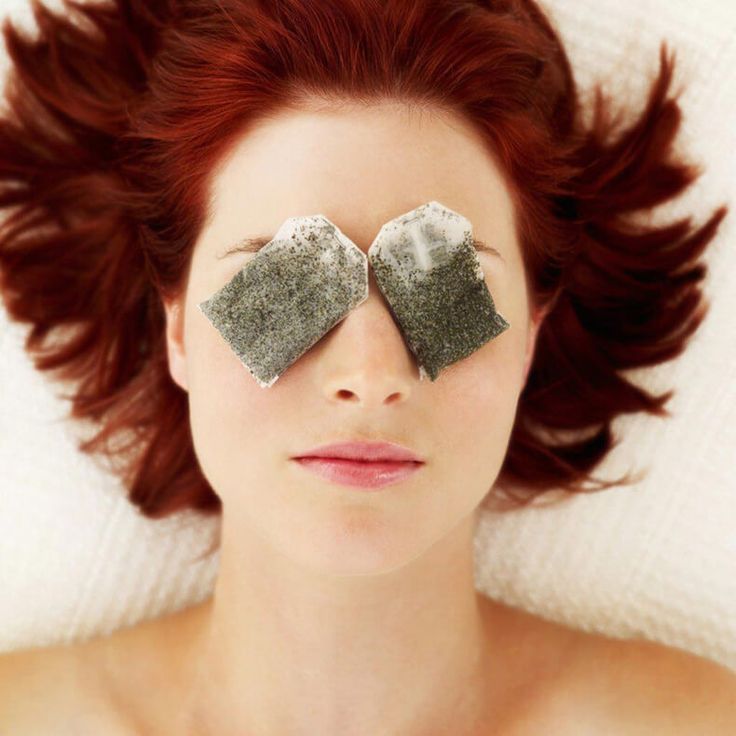 Adjust the text size so you don't squint. And try a document holder next to your monitor for printed papers. This limits how much you move your eyes back and forth.
Adjust the text size so you don't squint. And try a document holder next to your monitor for printed papers. This limits how much you move your eyes back and forth.
Tea bags are good for more than a hot drink. They also work as a relaxing cold compress for your eyes. After you've brewed chamomile or regular tea, put the bags in a clean container in the fridge. Once they've cooled, put them on your eyelids to help soothe your eyes and reduce swelling. Make sure you've washed your face and hands well and taken out your contacts. And don't get any tea in your eyes.
Your eyes have muscles, and they can benefit from a workout, too. Try this: Hold your finger a few inches from your eyes and focus on it. Then, focus far into the distance, then back on your finger. Repeat a few times. Or, close your eyes, roll them up toward the ceiling, then down toward the floor. Look to the right, then left. These exercises may help ease eye fatigue. But they won't actually make your eye muscles stronger.
Experts say that when you use a digital device, you should take regular screen breaks. They recommend the 20-20-20 rule. Take a 20-second break to look at something 20 feet away every 20 minutes. Another tip: for every 2 hours of screen time, rest your eyes for 15 minutes.
When your eyes are dry, they feel more tired. Use a humidifier to add moisture to the air and your eyes. A humidity level of at least 45% is best. Also, adjust your thermostat or move away from vents so dry air doesn't blow on your face. If you smoke, think hard about quitting.
Over-the-counter or prescription eye drops relieve dry, tired eyes. Use them even when your eyes feel fine to keep them moisturized and stop your symptoms from coming back. Or, if you prefer to make natural tears, remember to blink more often, especially when you're on a digital device. We usually blink 15 times in a minute. But when we're on a computer, that drops to 5-7 times.
IMAGES PROVIDED BY:
1) WebMD / Alexander Hadjidakis
2) Getty
3) Getty
4) Getty
5) Getty
6) Getty
7) Getty
8) Getty
9) Getty
10) Getty
SOURCES:
UCLA Health: "Computer-Related Eye Fatigue.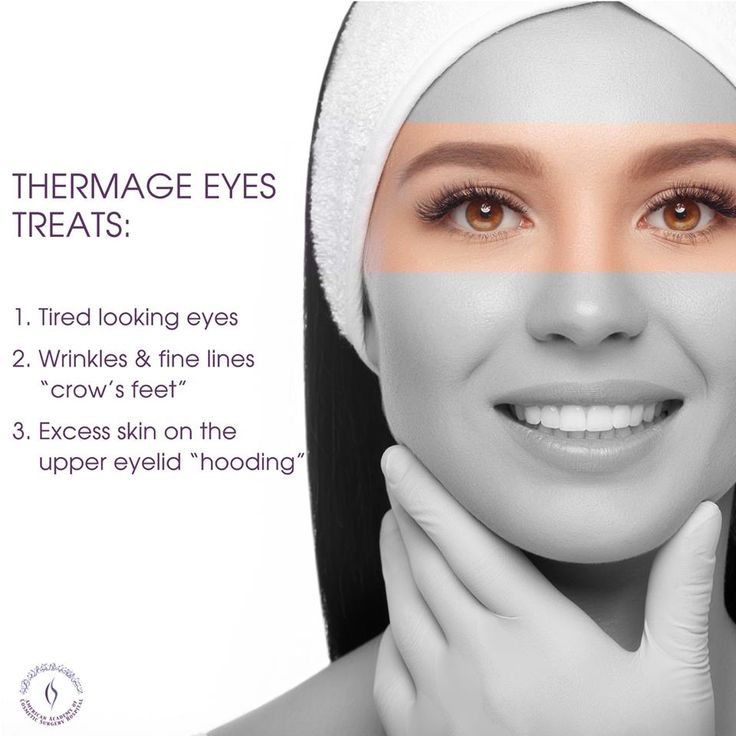 "
"
Mayo Clinic: "Mayo Clinic Q and A: Relief for your dry eyes," "Eyestrain," "A look inside your eyes."
University of Rochester Medical Center: "Ice Packs vs. Warm Compresses For Pain."
University of Michigan Kellogg Eye Center: "Eyelid Spasms (Eye Twitching or Eye Twitch)."
All Wales Medicine Study Group: "Dry Eyes Syndrome."
Optometry and Vision Science: "Blue-blocking Filters and Digital Eyestrain."
Journal of Physical Therapy Science: "Effects of yogic eye exercises on eye fatigue in undergraduate nursing students."
Ophthalmic & Physiological Optics: The Journal of the College of Optometrists: "The Bates method, elixirs, potions and other cures for myopia: how do they work?"
Bates Method International: "Palming."
Molecular Medicine Reports: "Chamomile: A herbal medicine of the past with bright future."
Johns Hopkins Medicine: "How to Get Rid of Bags Under Your Eyes."
Harvard Medical School: "Most cases of pink eye (conjunctivitis) don’t require antibiotics.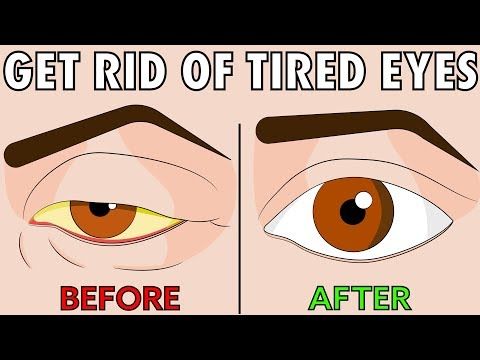 "
"
National Institutes of Health: "Exercises and Stretches."
University of Rochester Medical Center: "Don't Ignore Dry Eyes."
Prevent Blindness: "Computers and Your Sight."
American Academy of Ophthalmology: "Computers, Digital Devices and Eye Strain."
American Optometric Association: "Computer Vision Syndrome."
© 2022 WebMD, LLC. All rights reserved. View privacy policy and trust info
Written by Rick Ansorge
Your eyes are burning, itchy, and tired. It’s a common condition but rarely serious. You can take simple steps to prevent or ease this problem.
It those tactics don’t work, see your doctor. What you’re feeling could be a sign of a deeper condition that requires treatment. This is especially important if you have headaches or other problems like:
Anything that requires intense eye use can cause fatigue.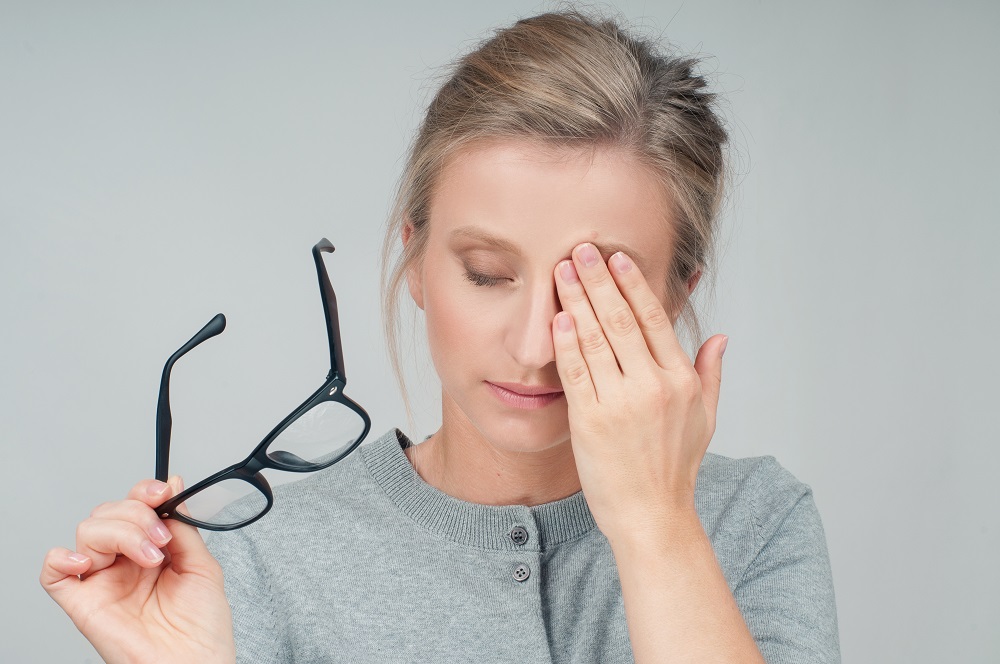 Some of the most common are:
Some of the most common are:
If you look at bright light or spend time in a place that’s too dim, it can also tire your peepers.
Your eyes might get tired easily if you stare for long periods at a computer, smartphone, or game console. The eye doctor might call this computer vision syndrome or digital eye strain. It affects most people who use one. Some estimates say computer-related eye symptoms may be responsible for up to 10 million eye doctor visits a year. The problem is expected to grow as more people use smartphones and other handheld digital devices, which force your eyes to work harder than usual as they strain to focus on tiny words.
Digital devices may also be linked to eye fatigue because you tend to blink less often when looking at a computer screen. People usually blink about 18 times a minute. This naturally refreshes the eyes. But studies suggest that people only blink about half as often while looking at a computer or other digital device.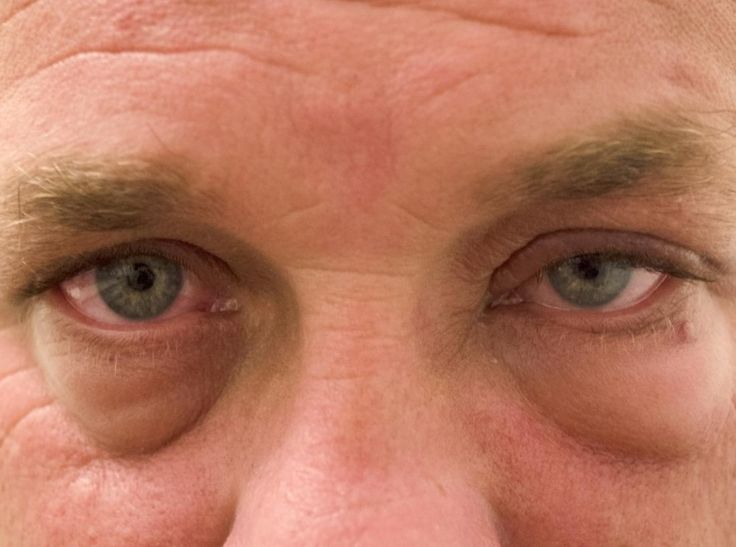 This can result in dry, tired, itchy, and burning eyes.
This can result in dry, tired, itchy, and burning eyes.
Be on the lookout for:
These symptoms can lower your productivity. If you stay awake for long hours working, you can make the problem worse. Sleep refreshes your eye with essential nutrients. Lack of sleep may lead to repeated eye irritation.
Make some simple changes to:
Your computer screen:
Your work environment:
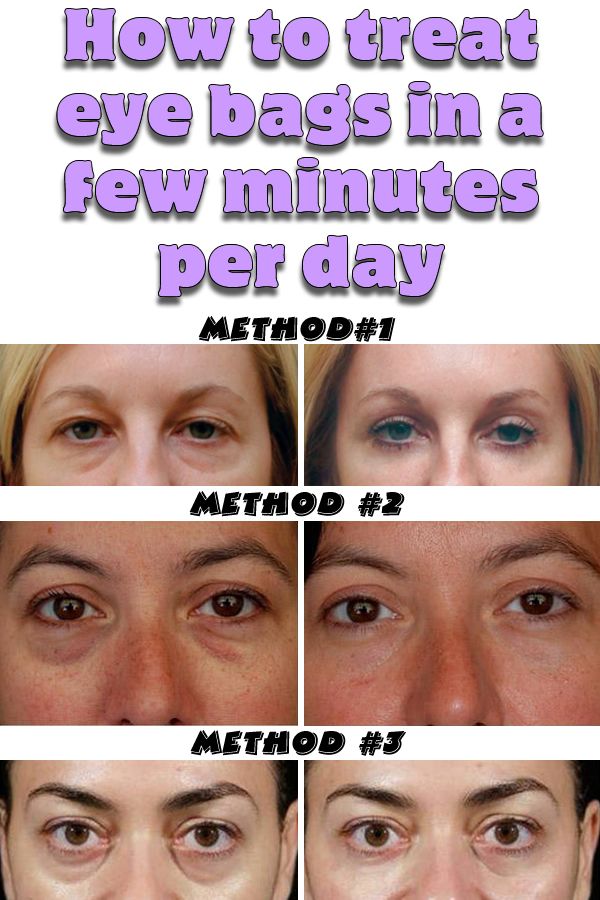
Your work habits:
Your eye-care routine:
If you have eye fatigue or pain, see an eye doctor to make sure a deeper medical condition isn’t to blame.
If the problem doesn’t go away, make an appointment for a full eye exam. The doctor can make sure your symptoms aren’t linked to a problem like an eye muscle imbalance or dry eye. They can also tell if your glasses or contact lens prescription is up to date and good for computer use.
They can also tell if your glasses or contact lens prescription is up to date and good for computer use.
Our doctors
Mamaeva
Antonina
VladimirovnaAdministrator More about the doctor All doctors of the clinic
Ask a question to the doctors of the clinic
Patient reviews
Cherkashina Tatyana
Thank you so much! Many thanks to all the staff of the Clinic, doctor Olga Yuryevna Truneva and administrators! All very nice, well-mannered people who do an excellent job. Thanks to you, I saw the world as it really is! Thank you!
All reviews
Maybe it's asthenopia. The name is unfamiliar, but the state itself is familiar to everyone. This term ophthalmologists call eye fatigue as a result of prolonged intensive work. A person feels symptoms of asthenopia while reading a book or text from a computer screen, or after many hours of driving.
The name is unfamiliar, but the state itself is familiar to everyone. This term ophthalmologists call eye fatigue as a result of prolonged intensive work. A person feels symptoms of asthenopia while reading a book or text from a computer screen, or after many hours of driving.
Visual tasks that require high concentration cause overexertion and spasm of muscles, and not only the eyes. The muscles of the eyelids, face, and even the jaw are also included in the visual process, and to such an extent that pain and discomfort are sometimes felt. Lighting also plays a role: the eyes get tired quickly in dim light. Looking intently at the monitor, carried away by his tasks, a person blinks less often, and asthenopia is accompanied by dryness of the eyeball. Refractive errors - nearsightedness and farsightedness - exacerbate eye fatigue.
In general, the symptoms of asthenopia are varied:
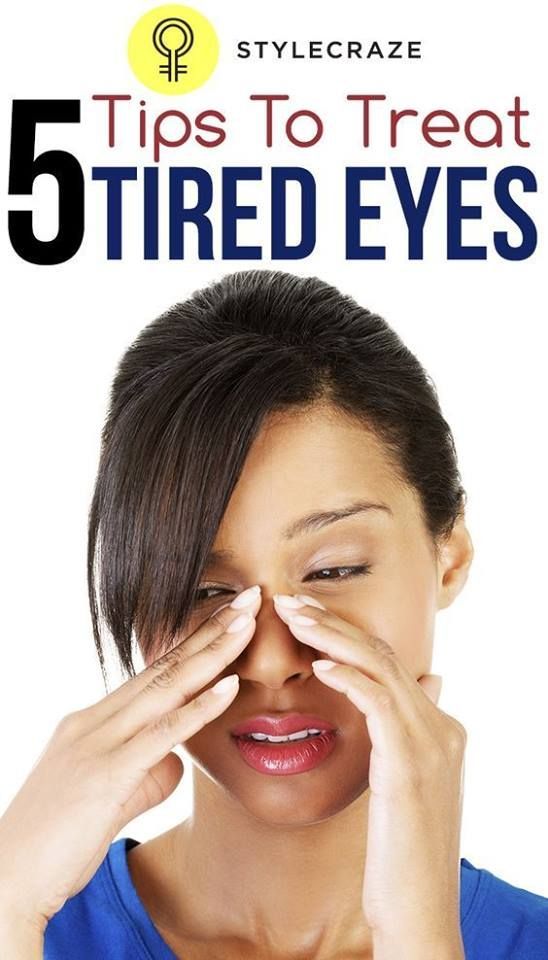
Many of these signs are also characteristic of eye diseases, astigmatism, farsightedness or nearsightedness. To understand the true cause, it is still better to come for a consultation with an ophthalmologist and undergo a comprehensive eye diagnosis.
It is impossible to reduce the load on vision in the modern world - work, entertainment are unthinkable without gadgets. It’s not worth putting up with fatigue, especially since it’s easy enough to relieve tension.
Here are a few "recipes" available to everyone:

And don't forget to blink and breathe, no matter how absurd it may sound. Tears wash away germs and provide the cornea with the necessary lubrication, while deep breathing supplies oxygen to the eyes.
A little self-care and the discomfort will leave you. And trust the specialists for serious vision problems.
Views: 71 462
The date of the last update: 24.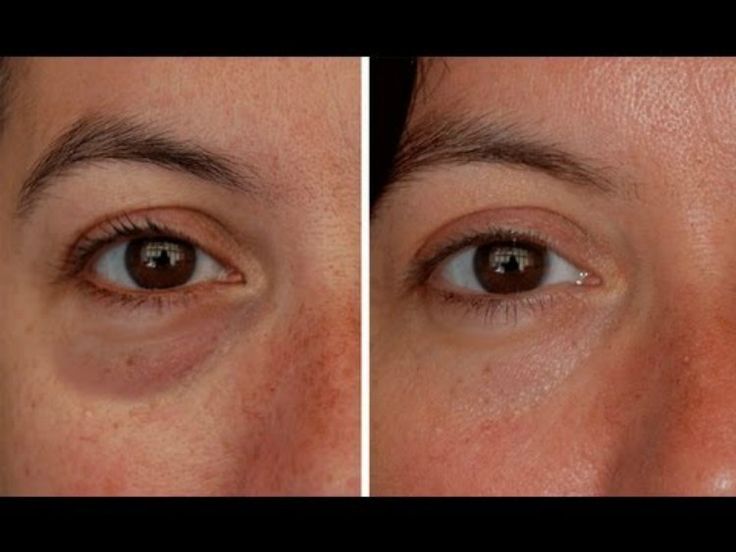 10.2022 G.
10.2022 G.
Average reading time: 7 minutes
9000 9000 reasons eye fatigue
Symptoms
Types of asthenopia
Methods of prevention
Fatigue is understood as eye strain, which is expressed in a complex of characteristic symptoms and is accompanied by a desire to reduce the existing load on the organs of vision. This condition can be caused by a number of reasons, but regardless of them, constant eye fatigue cannot be ignored. In medical practice, there is such a term as "asthenopia", which implies a rapidly onset discomfort and eye fatigue during visual work. Asthenopia is not a disease, but without preventive measures, it can cause a decrease in visual acuity.
Back to content
Eye fatigue can be caused by various negative factors that surround a person in everyday life. The main among them are the following.
Long work at the computer and use of gadgets. With constant work at the computer, eye strain and circulatory disorders occur, due to which redness of the eyes is observed.
With constant work at the computer, eye strain and circulatory disorders occur, due to which redness of the eyes is observed.
Hours of watching TV shows and movies. Modern televisions put less strain on the organs of vision, but the eyes get tired due to the fact that a person spends more time in front of the screen.
Wrong organization of the workplace. In conditions of insufficient illumination and improper placement of light sources, the eyes get tired quickly. To reduce the load on the organs of vision, it is advisable to place the desktop parallel to the window, and use LED lamps for lighting.
Long-term driving. Concentrated attention on the road leads to the fact that a person blinks less, and the eye muscles tense up. The eyes are especially tired when driving in sunny weather, as well as in the evening and at night, as the blinding light from the headlights of oncoming cars is added to the negative factors.
Prolonged reading of books and printed documents. When working with printed text, eye movement occurs in jumps along the lines with stops. The read text is perceived precisely in these short intervals. This gives a strong load, which is further increased when reading in poor lighting conditions or when driving.
Incorrectly selected vision correction aids. Only a specialist can fit glasses or lenses. You cannot buy these products on your own. If the means of correction are not suitable, then a person may experience not only eye strain, but also a headache.
Vitamin deficiency. Eye fatigue is often a symptom of malnutrition. A deficiency of vitamins A, C, group B, as well as polyunsaturated fatty acids and potassium can lead to a decrease in the functionality of the organs of vision.
Prolonged fatigue can also be the result of intense work with small parts, frequent stress, prolonged exposure to dry air, uncomfortable body position while working or reading, etc.
Up to contents
Up to content
Accommodative. This is the most common form. In this case, the eyes get tired quickly due to a malfunction of the muscles responsible for the ability of the eyes to change the focal length.
Muscular. Occurs when the internal muscles of the eye responsible for their rotation are weakened. Its characteristic symptom is a violation of three-dimensional vision and the development of strabismus. And also it is this type of asthenopia that most often accompanies myopia.
Mixed. This is a combination of accommodative and muscular asthenopia, which manifests itself in the inability to focus on small objects at close range.
Symptomatic. This type of asthenopia is often associated with inflammatory processes in the body or seasonal allergies.
Nervous. It is a consequence of stress or neurasthenia, occurs without signs of damage to the eyes.
Up to content
Regular consultations with an ophthalmologist. It is important to remember that chronic eye fatigue, which is accompanied by other unpleasant symptoms, requires consultation with a specialist. In addition, for preventive purposes, it is necessary to check visual acuity, intraocular pressure and other indicators at least once a year.
Elimination of negative factors. If your eyes are constantly tired, you need to pay attention to your working and resting conditions.